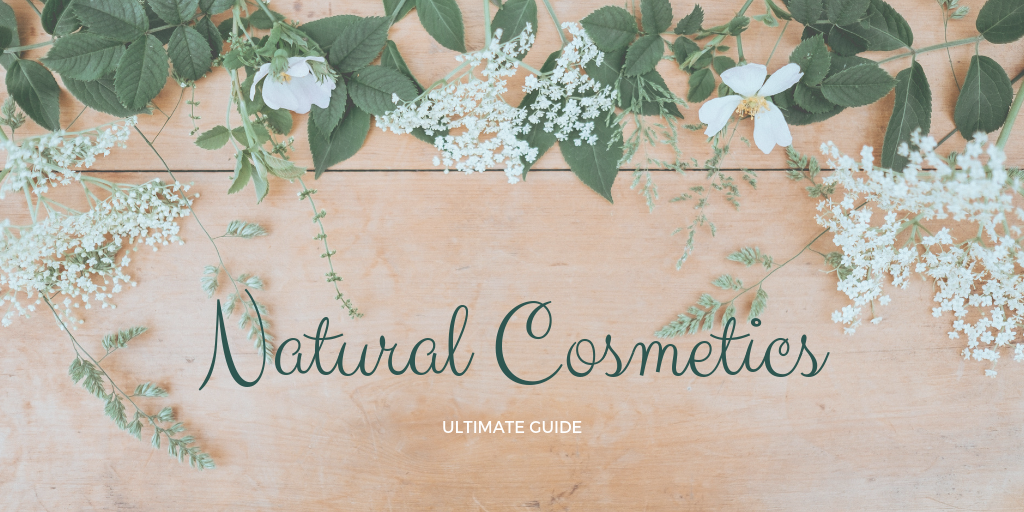
In the increasingly eco-conscious world, we’re living in right now, the “natural” and “organic” labels allure us from everywhere. Those umbrella terms set against conventional cosmetics became the next thing in the beauty industry.
Having so many options to choose from, can easily get a bit intimidating, especially for someone who’s just starting to transition into a new regimen. Big cosmetics companies, tweaking words on their labels are not making it easier for us either. Thus, when we first start learning about natural and organic cosmetics it’s very easy to confuse the organic and natural with the non-toxic ones.
But, don’t worry – you are not alone. To help guide you on your journey to finding the safest and healthiest products, we made it our mission to delve deeper into the research on cosmetics ingredients. A result of that is this article full of useful information that will put your mind at ease when making your choice. So go ahead and read on to find out:
- What do the cosmetics’ labels mean?
- How they are regulated?
- What is (and is not) known about the possible health effects of cosmetics’ ingredients?
- What ingredients to look out for?
- What are Hong Hong’ top spas, and nail salons that use organic products?
Natural and organic: what does it mean?

Truth be told, to date there are no internationally recognized standards or regulations for natural or organic cosmetics. As a result, various groups have come out with their own guidelines for what they think these words should mean when applied to cosmetics. Organizations that have attempted to define it include governments, NGOs, retailers, cosmetic producers and as well as consumers. Thus, the words on the label themselves simply may ensure slightly different things depending on the country, and the regulatory agency issuing the certification.
For a cosmetic to be labelled as organic it must be created from ingredients certified as organic by one of the numerous certifying institutions that operate worldwide. For as much as in the case of organic cosmetics their labelling is pretty straightforward, the same thing can not be said about natural cosmetics. Why? Mainly because organizations responsible for regulating the claims made on cosmetics lack a clear legal definition for the “natural” label. This means that cosmetic brands trying to sell their products may market them as “natural” if they fit their own definition. So, if a company considers a product made of non-GMO plant ingredients natural – they’re free to market it as such. They may also add just one natural ingredient to their standard product and call it natural.
What does it mean for us, consumers? That it’s very easy to get fooled by branding so we need to be extra careful when buying natural cosmetics. Best way to avoid this is to always check the label for the percentage of natural and organic ingredients.
Here’s a cheat sheet we made for you that you can use when in doubt about the meaning of different types of labels. 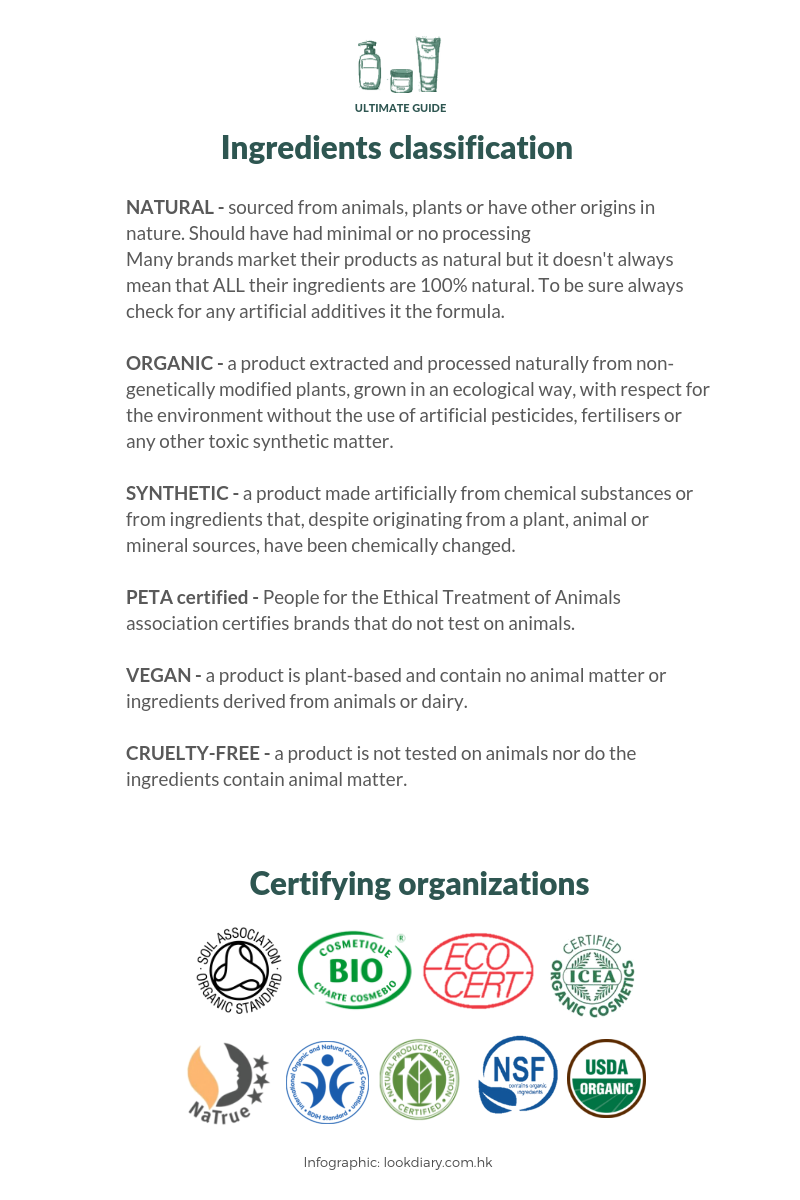
Natural vs conventional ingredients
While more and more people are turning to natural organic cosmetics many of us still stay sceptical and we have every right to do so.
With the jargon that’s often difficult to understand and all chemicals that aren’t required on an ingredients list, many of us wonder if the new trend is really worth the splurge.
We will here talk more about potentially toxic ingredients versus natural ones giving you all you need to make an informed decision on what’s best for you. Taking the mystery out of cosmetics ingredients, we will show you how to tell them apart so you can choose what feels right for you.
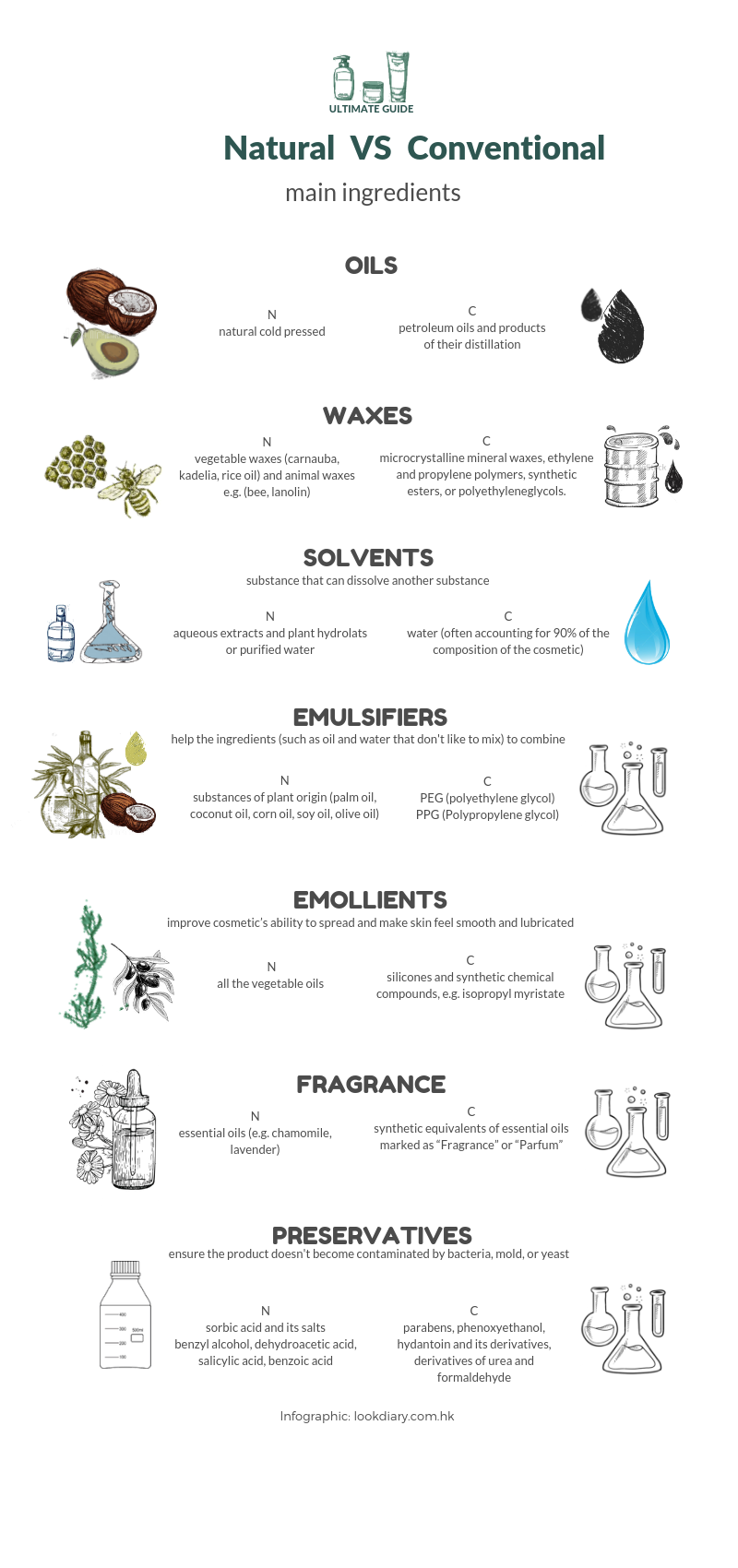 Are conventional ingredients really harmful?
Are conventional ingredients really harmful?
Plastics, formaldehyde, tar and even gasoline or industrial chemicals. Those are some of the ingredients used in conventional personal care products. One thing they definitely do is sound less appealing than the labels of natural products but can we tell if they’re safe or dangerous?
TV, magazines, commercials, social media you name it – we hear all sorts of information about harmful ingredients from everywhere. The excess of that confusing and often deceptive information rises more and more questions regarding the choices we make. On one hand, we have cosmetics companies and different health agencies such as FDA stating that cosmetic products in use are safe, and were not proven to cause any health issues. But on the other hand, we have mass media bringing up scientific research results to question this stance.
So who is right? Is the amount of all the different skin care and make-up products we slather, lather, rub and spray on our bodies every day really something to worry about? Let’s take aside all the buzzwords scaring people away from synthetic ingredients and look at the facts.
The truth about potentially hazardous ingredients

Before we give you a list of the potentially dangerous ingredients that you might want to limit or avoid in your cosmetics, we first need you to understand a few basic things about the scientific research on them. The most important thing about the toxic effects of any kind of substance we need to note is that they’re dose-dependent. In other words, if used in large quantities – everything, even healthy things can have toxic effects. We often associate “organic” or “natural” with other terms like “healthy” or “safe. But an ingredient’s source itself does not determine its safety. For example, many plants, whether or not they are organically grown, contain substances that may be toxic or allergenic. Thus “chemical” doesn’t always mean “bad” and “natural” doesn’t always mean “good”.
Some of the conventional ingredients often get a bad rap thanks to different studies that linked their use to an increased risk for cancer or other health issues. However, experts agree the methodology of the research is weak. A majority of those studies found no direct evidence proving that particular ingredients themselves were the cause of the health problems. The reasons for that are multifold:
Fact no 1.
First of all, amounts of the potentially harmful ingredients used in cosmetics that we buy are very low. But the same ingredients examined in the studies are typically tested in large amounts (or at high concentrations). And there’s no proof that the effects seen with very high doses of a substance would also be seen with much lower doses. Thus, most of those results lack clear-cut evidence proving cosmetics’ toxicity.
Fact no 2.
Secondly, a form of an ingredient used in a cosmetic may be different from the one tested in the study. Similarly, there may be other differences between the way substances were tested in the lab and the way they’re used by consumers of cosmetics (applying to the skin, inhaling or injecting into the blood). As a matter of fact, the research yet gives very little information particularly on the extent to which the ingredients in cosmetics can be absorbed and build up in the body. So there’s no evidence on how much of a particular substance we absorb when applying it to the skin during actual product use.
Fact no 3.
Moreover, we still have very little information on long-term health impacts of most cosmetic ingredients. Testing them for harmful long-term health problems such as cancer is very expensive and extremely difficult. Mainly because for most substances that cause cancer, it takes many years after exposure for cancer to occur. Thus, the studies would need to go on for at least a decade or two to see if a certain substance increase the risk of cancer.
Fact no 4.
Last but not least, when testing potentially cancer-causing substances, scientists rely mainly on lab studies using cell cultures and animals. But the bodies of lab animals and humans don’t always process substances in the same way. Thus, a substance that may cause harm to one may not have the same effect on the other.
Avoid, limit or use?

So, what does all of that mean to us? Should we keep on buying, limit or avoid at any cost cosmetics that contain questionable substances?
There simply isn’t enough information to be certain one way or the other. On the whole, there’s no sure answer on whether the ingredients commonly labelled as “toxins” are actually harmful when used in our cosmetics. But many of these concerns are well-founded and such a possibility should not be taken lightly.
The only suggestion we’d like to give you is to trade your fear for some healthy scepticism.
Just because a substance has been linked to a health issue it doesn’t mean it caused it. Nor, does the fact that substance hasn’t been proven to cause a problem to ensure that it is risk-free.
Whether or not we do consider available reports alarming, we can’t negate that living in Hong Kong, our skin is already stressed by the pollution and challenging weather condition. Unfortunately, there’s no way to track all the chemicals from all sources in the environment we might be exposed to every day. Beauty products are just a bigger or smaller but only a part of a whole equation. So, even if you laser-focus on what’s in your beauty and skin-care regimen – there’s no accounting for your overall accumulated exposure. Ultimately, what ingredients in your cosmetics you choose to avoid, limit or use it totally up to you.
What ingredients to look out for?
So far the research into what’s safe and what may not be, give no clear-cut answers on what ingredients to use and what to avoid. But with many chemicals in use that yet lack enough quality data to really understand how safe or risky they are, some people chose not to take the chances. But with yet no concrete evidence of health problems caused by long-term exposure to the cosmetics, how to choose the ingredients use of which you’d rather avoid or minimize?
Particularly controversial are chemicals considered to be endocrine disruptors that can mimic the natural hormone. Acting as estrogen they can raise the risk of certain cancers and affects reproductive organs.
To help you make an informed decision we listed out the major chemicals of concern you can look at first. We explain their potentially hazardous effects, describe how they’re labelled and list out what type of products they’re most commonly present at.
You may or may not decide to avoid them but you DON’T have to. Remember the choice is ultimately yours.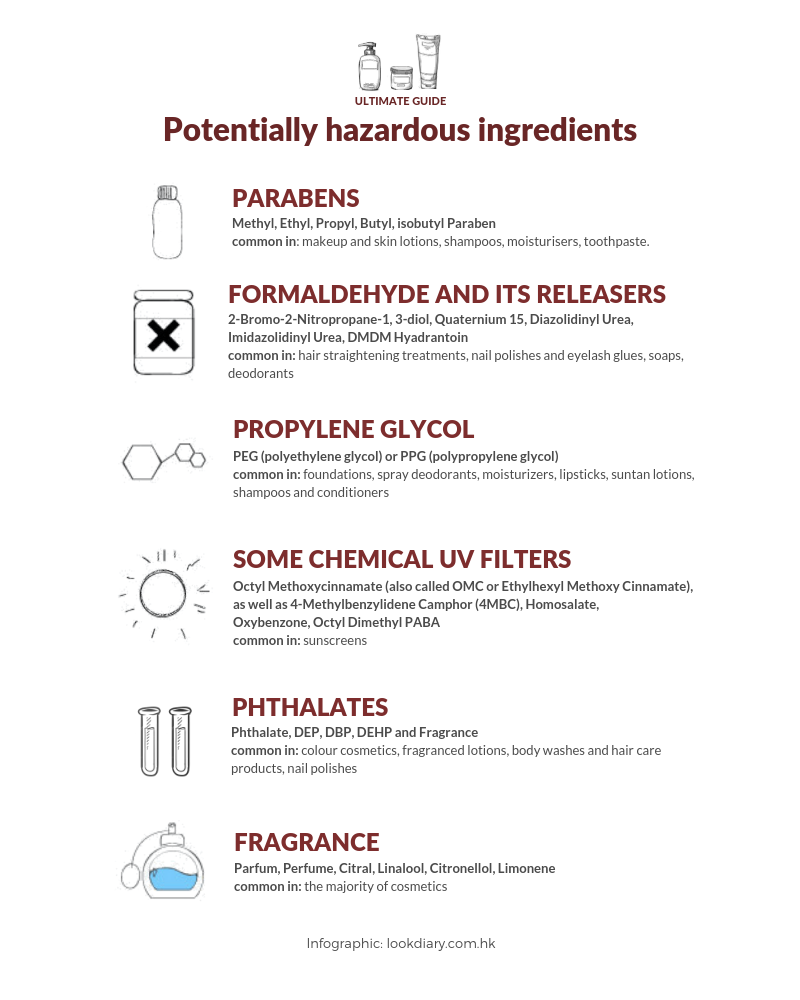
1. Parabens
This widely used class of chemicals is used to preserve cosmetics and extend their shelf life. They’re commonly found in makeup (especially eye makeup), moisturizers, hair care and shaving products. You can find them on the label under one of those names: benzylparaben, butyiparaben, propylparaben, methylparaben, ethylparaben, or isobutylparaben.
Parabens have been linked to a long list of health issues including, cancer, endocrine disruption, reproductive toxicity, immunotoxicity, neurotoxicity and skin irritation. Some studies suggest that they act as estrogenic endocrine disruptors. Consequently, they may mimic your body’s own hormones. This means that these chemicals can ínterfere with the body’s endocrine system: hypothalamus, ovaries, thyroid—virtually every system in the body.
2. Formaldehyde
Formaldehyde exposure has been linked to many serious health issues. This known carcinogen can cause breathing issues, damage the respiratory system, weaken the immune system. It can be found in cosmetics (nail varnish, eyelash glue), personal care products (soaps, deodorants, toothpaste).
Its concentration in products is strictly regulated. And at these low levels, the use of formaldehyde is deemed to be safe. Yet, people with particularly sensitive skin may still experience irritation even at these low concentrations.
3. PGEs
First of all, they aren’t a single ingredient but a class of ethylene glycol polymers. Those petroleum-based compounds keep products stable and enhance the penetration of other ingredients (both good and toxic ones).
They show some evidence of genotoxicity and if used on broken skin can cause irritation and systemic toxicity. Also, they help traffic funky chemicals across epidermis, including a slug of impurities they’re often contaminated with. Some of those pollutants include ethylene oxide (used to manufacture mustard gas), 1,4-dioxane, polycyclic aromatic compounds, and heavy metals (lead, iron, cobalt, nickel, cadmium, arsenic).
4. Chemical UV filters
Presence of several chemical UV filters in cosmetics raises concerns over the safety of their long-term exposure. The main reason for that is the fact that they may act as hormone disruptors and skin allergens. Some of the most worrisome ingredients of conventional sunscreens include oxybenzone. Acting like an estrogen in the body it may mimic hormones and disrupt major body systems. Moreover, some studies suggest that oxybenzone penetrates the skin, and increases the production of DNA-damaging free radicals when exposed to light. Thus, it may have the potential to encourage changes in the skin that could lead to cancer.
You’ll find those ingredients in many sunscreens today, including regular lotion sunscreens and makeup foundations with an SPF.
5. Phthalates
Thanks to its capacity to hold colour and scent in products, this toxic ingredient is commonly found in nail polishes, hair sprays, aftershave lotions, soaps, shampoos, and fragrances. This hormone-disrupting chemical is often linked to breast cancer and Type 2 diabetes as well as birth defects in male fetuses and early menopause in women.
Even more, a loophole in the law allows companies to disclose it under a broad term “fragrance”. So although widely used, they’re rarely listed on the labels.
6. Fragrance
Classified as a trade secret, companies aren’t required to list the ingredients that makeup “fragrance” in their products. Not knowing what makes up “fragrance”, this vague term can potentially mean the inclusion of hundreds of synthetic chemicals.
This undisclosed mixture of petrochemicals, synthetic fragrances can be drying and irritating your skin. Also, many synthetic fragrances use phthalates as stabilizators. Some of which have labelled some phthalates as “possible carcinogens”. Thus, they may increase the risk of cancer in animals and humans.
Where to buy natural and organic cosmetics in Hong Kong
Do you want to give the natural cosmetics a go? If that’s the case you’re probably looking for organic beauty brands that are aviabale in Hong Kong. Below you can find recomendation for brands that we think are worth giving a try, together with some useful information about how and where you can get them.
Click here for the list of top eco-friendly beauty brands and suppliers in Hong Kong. Read here an honest review of the John Master Organics’ skincare products. And check out an interview with the founder of Cabanee to find out more about this natural and organic cosmetic brand from Hong Kong.
Hong Kong’s spas and salons using natural and organic products

Want to up the game and go all ‘green’ with your pampering? Here’re the top organic & eco-friendly spas, and nail salons that use natural products.
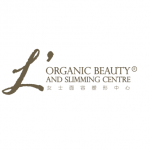 L’organic Beauty
L’organic Beauty
Facial, Body, Medical beauty
19/F, 1 Lan Kwai Fong, Central
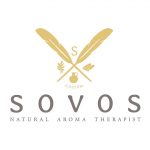 SOVOS
SOVOS
Massage, Facial
Rm 313, 3/F, Yip Fung Building, 2-18 D’Aguilar St, Central
 The right spot urban spa
The right spot urban spa
Massage, Nail, Facial, Foot massage, Eyelashes & Brows
20 Stanley Street 5/F, Central
